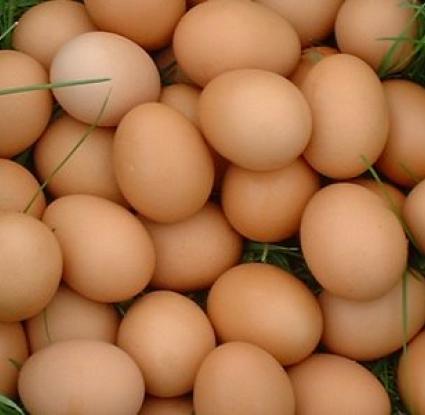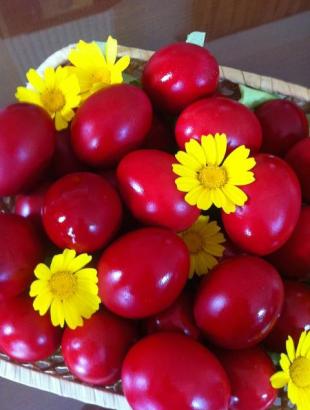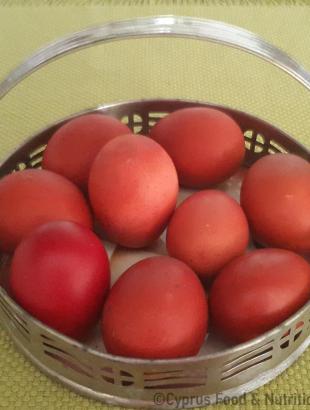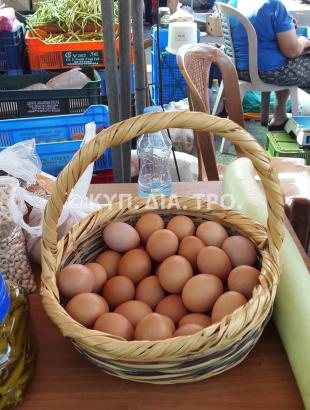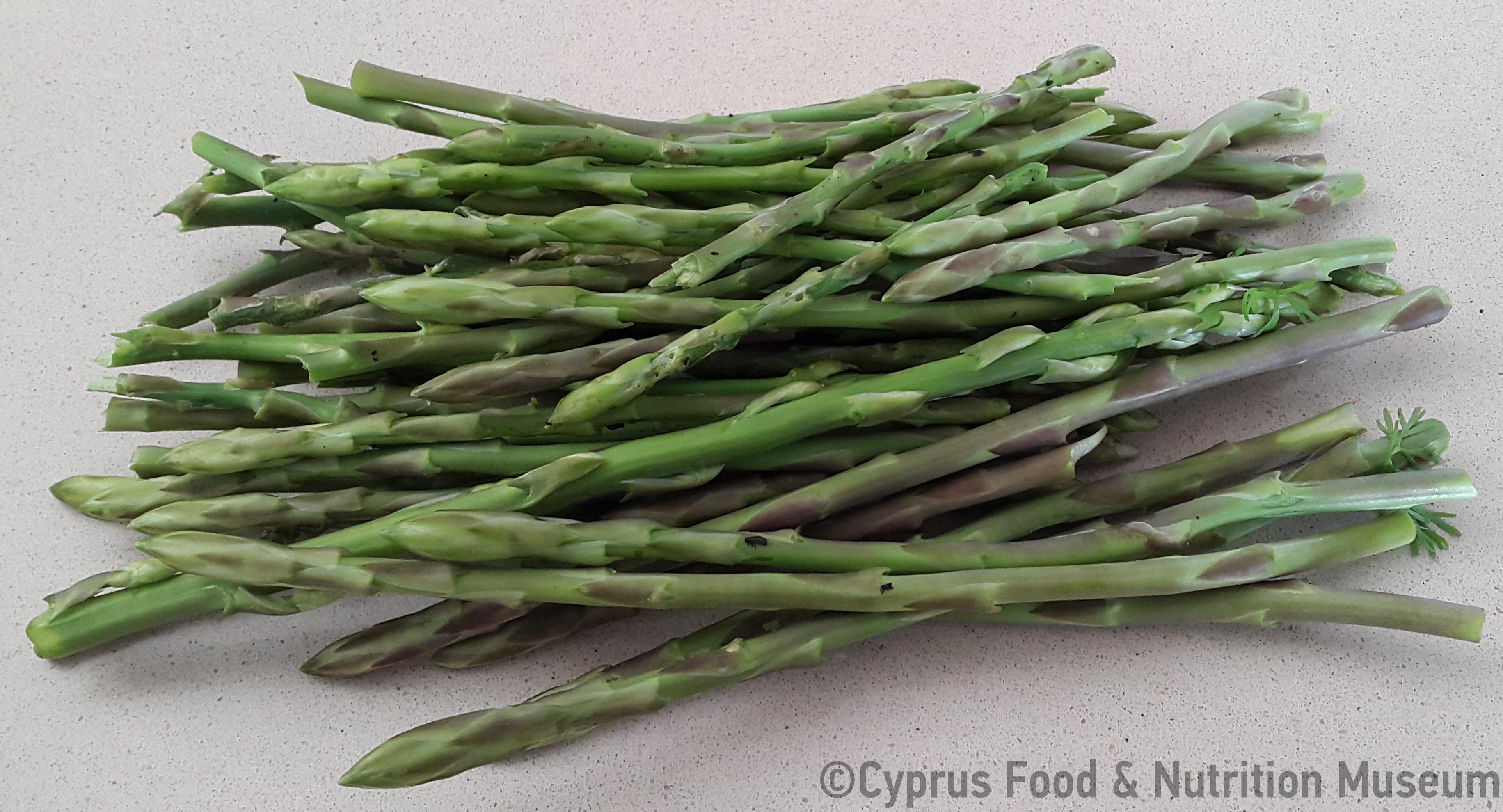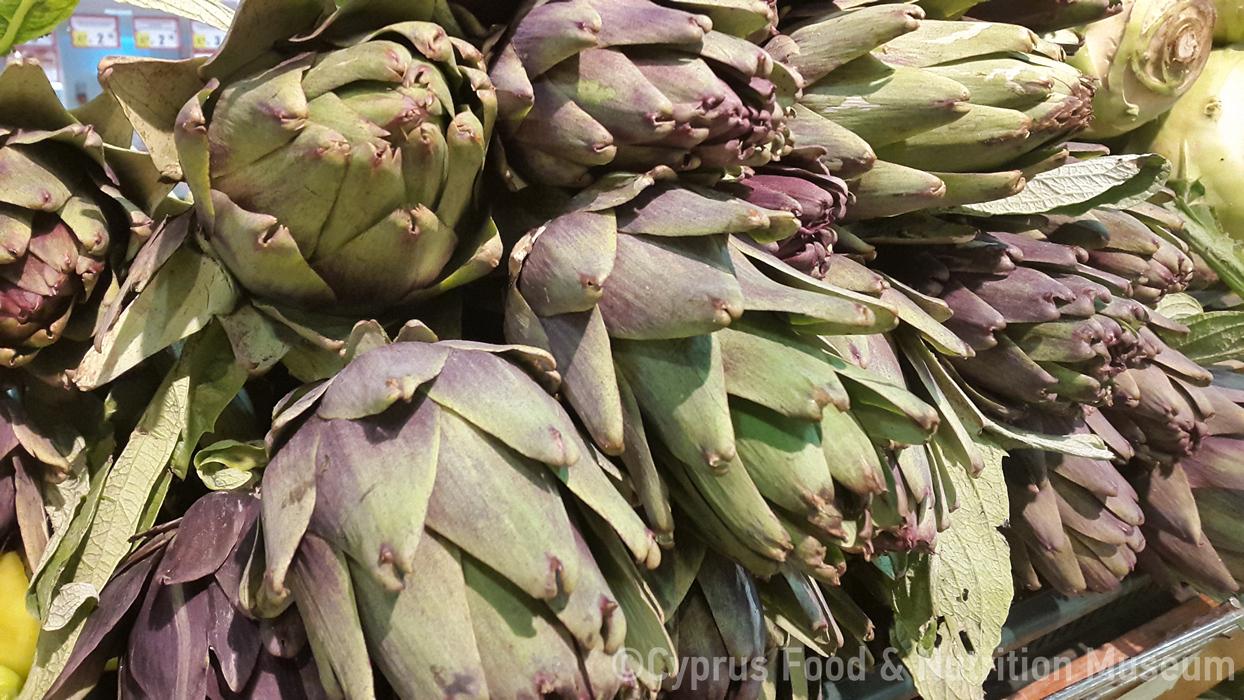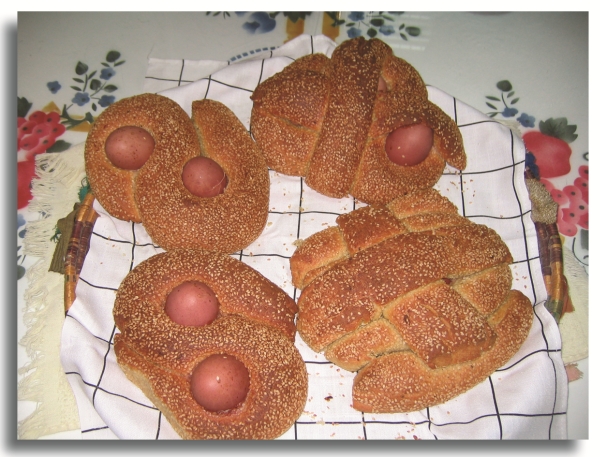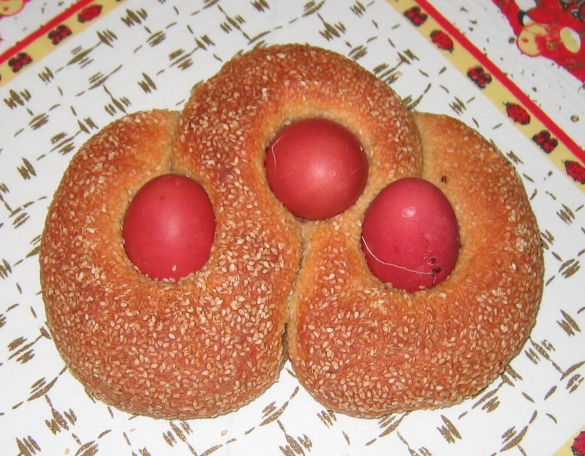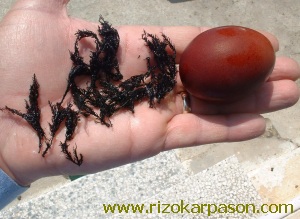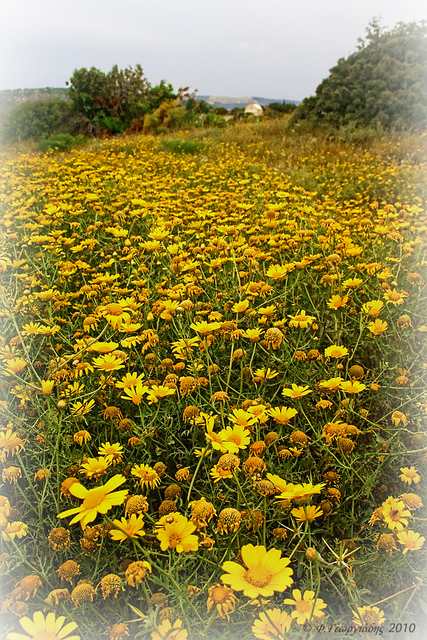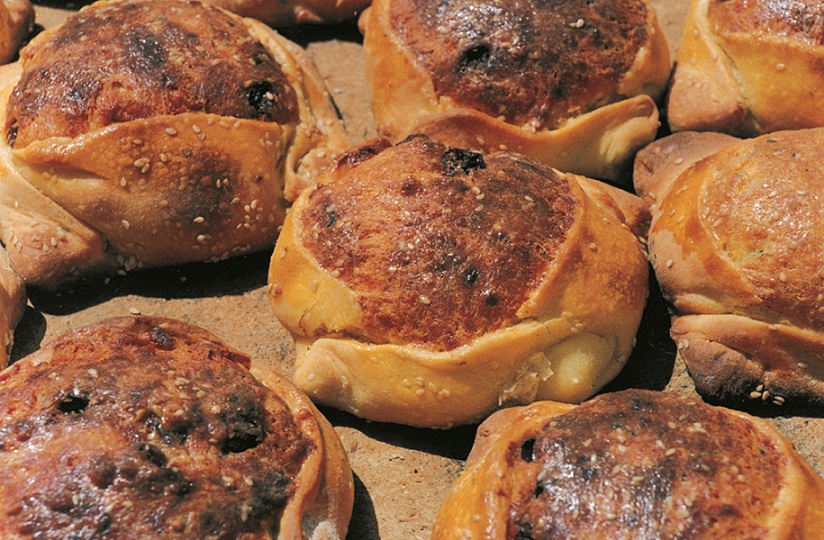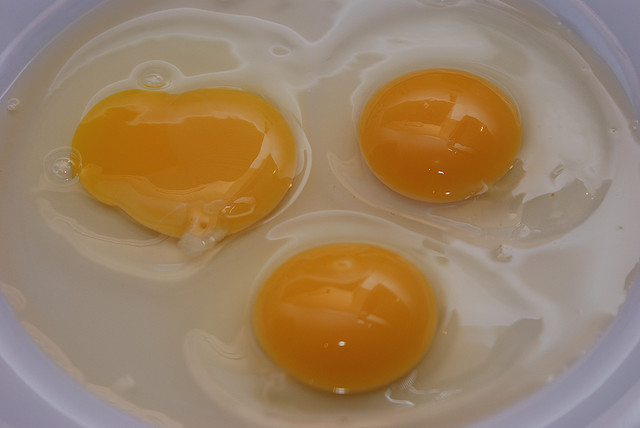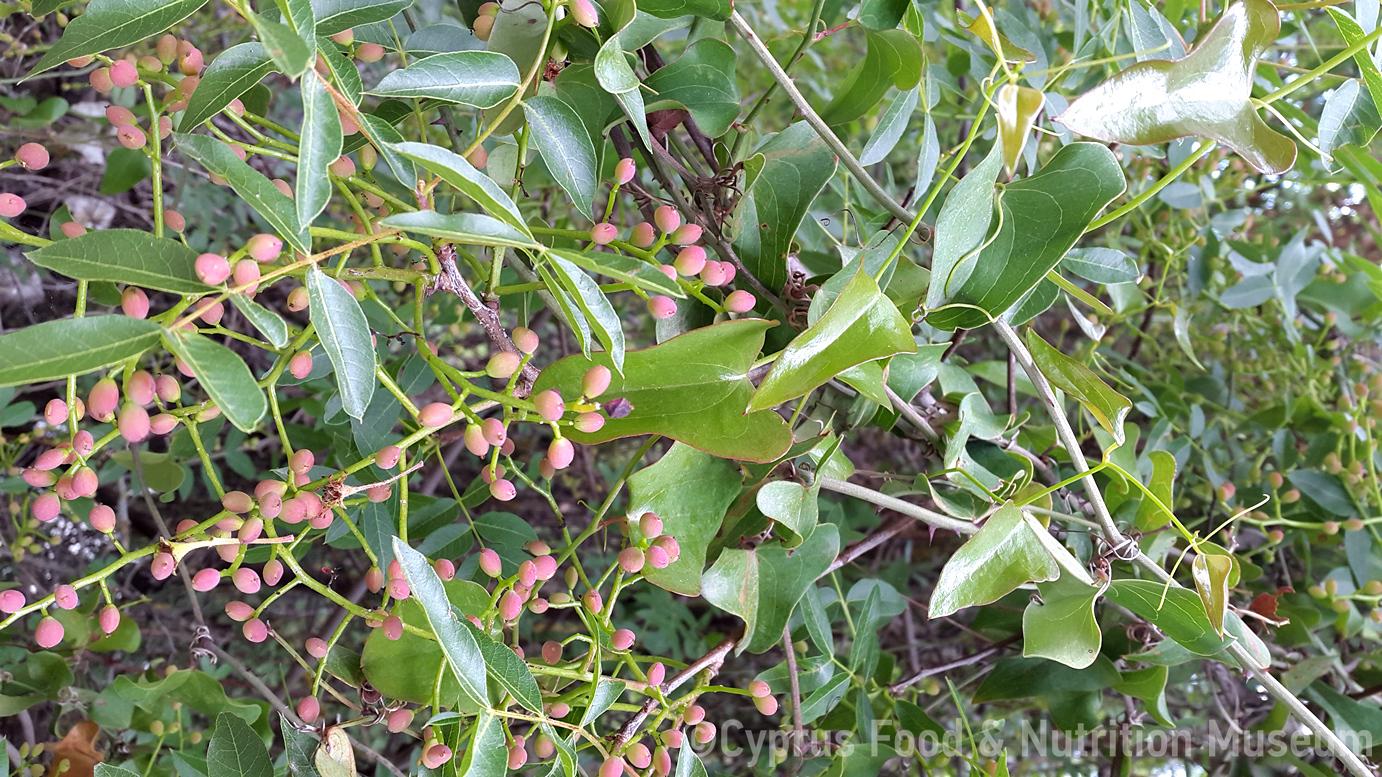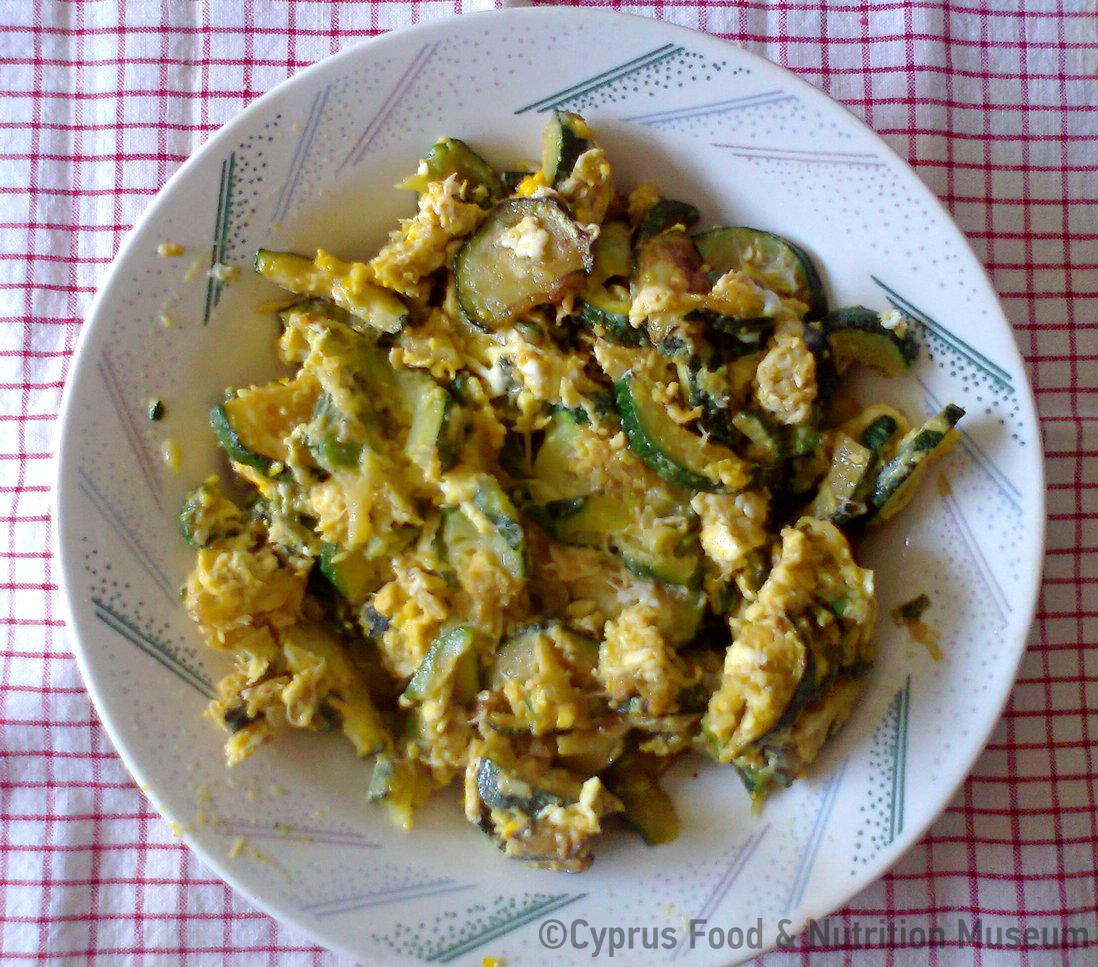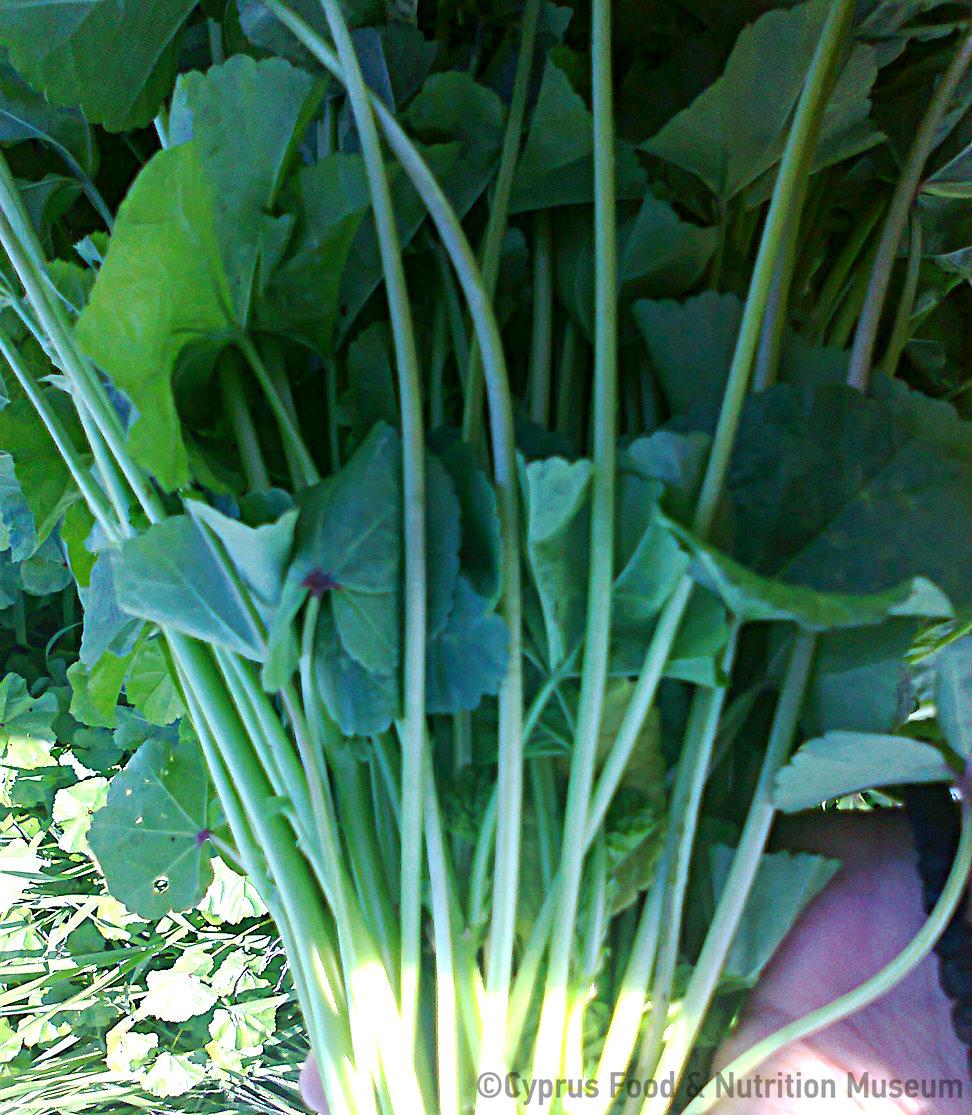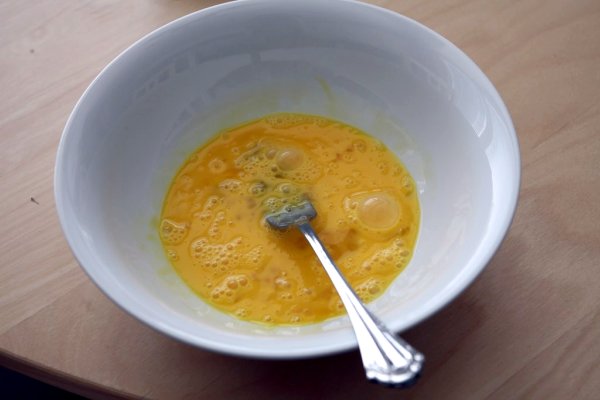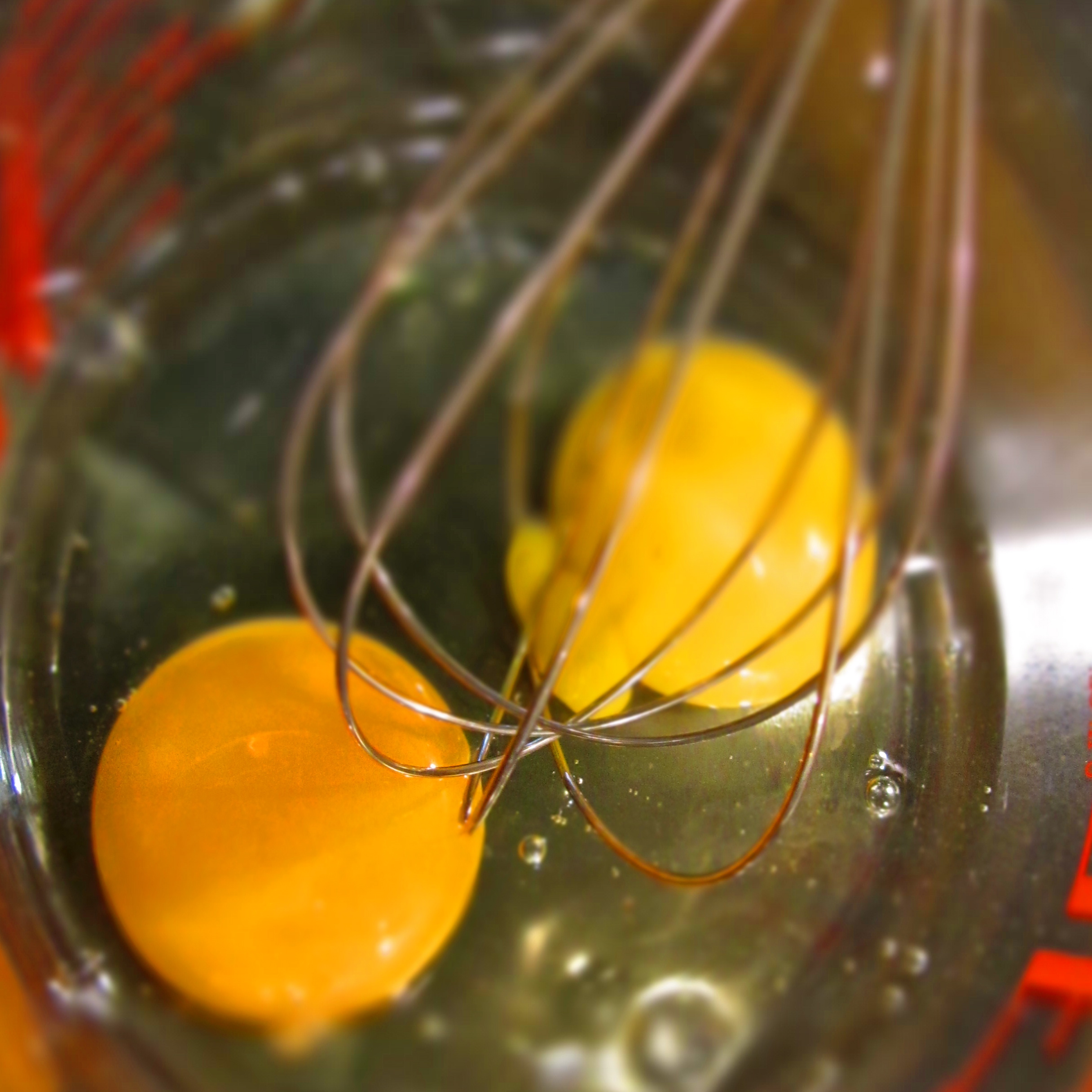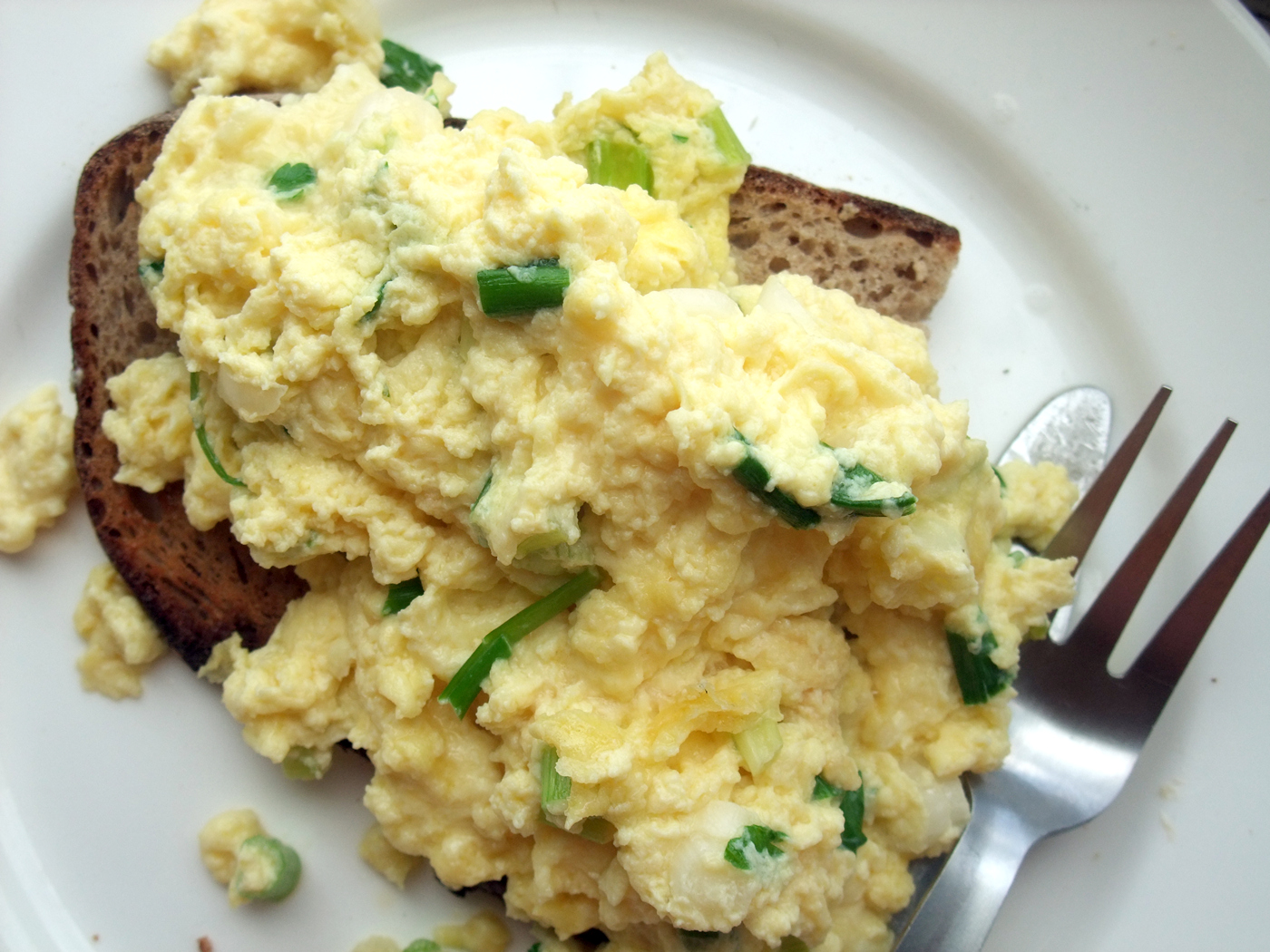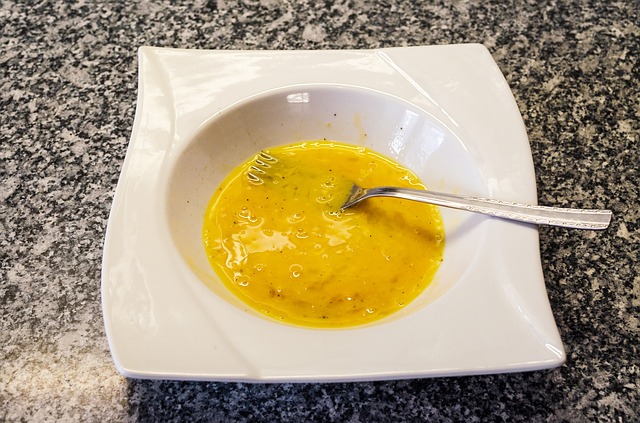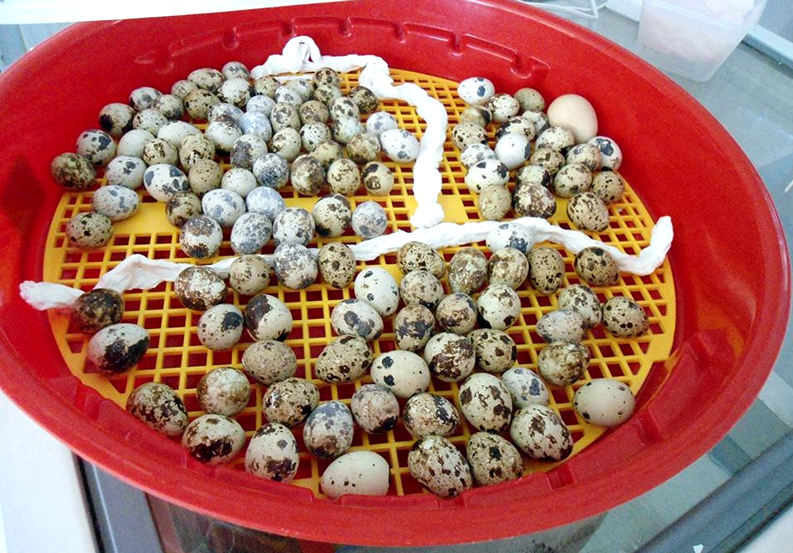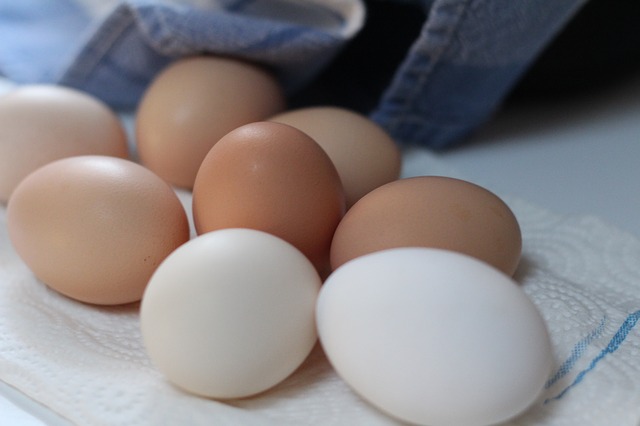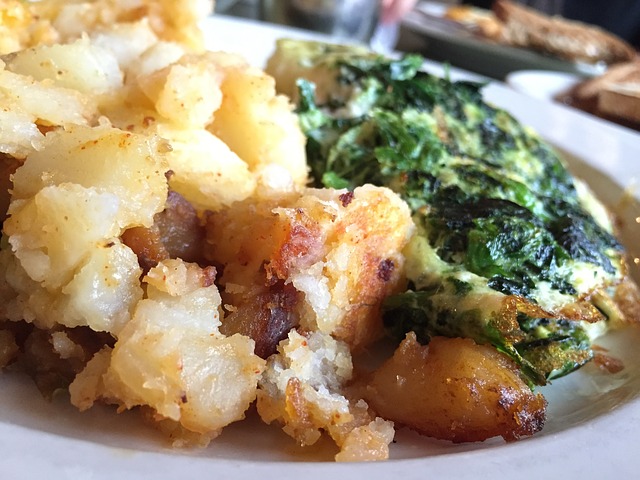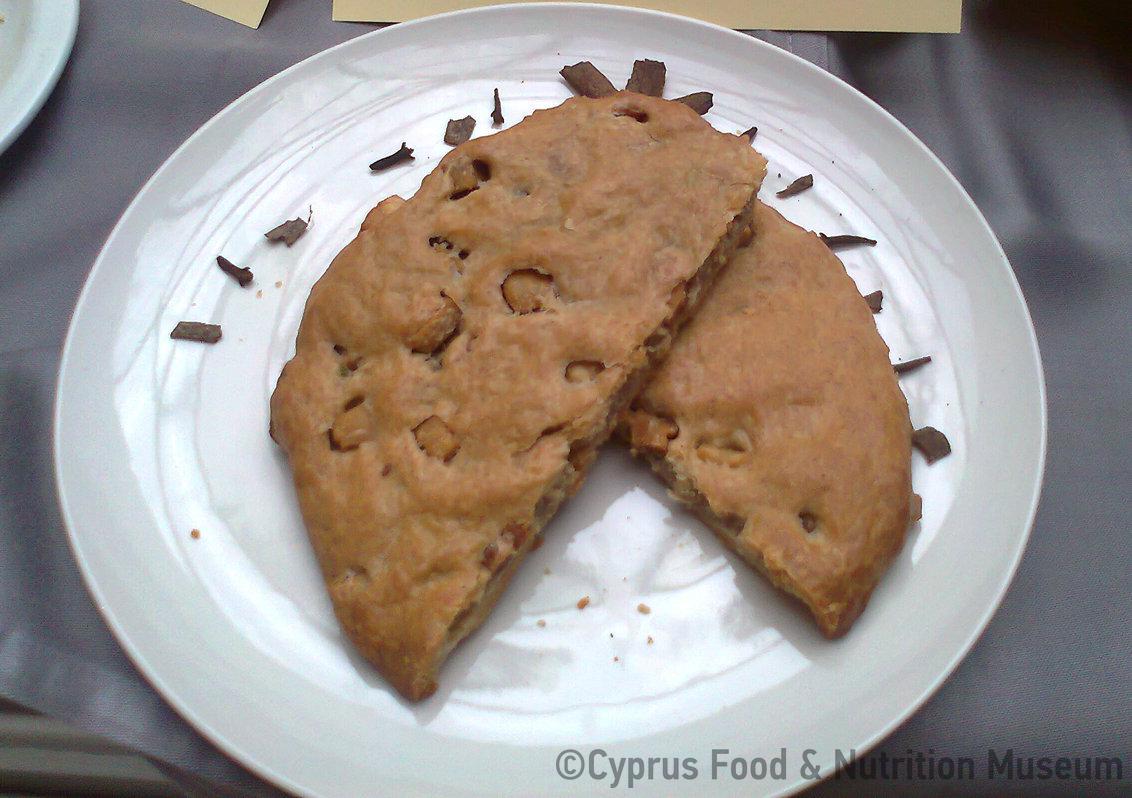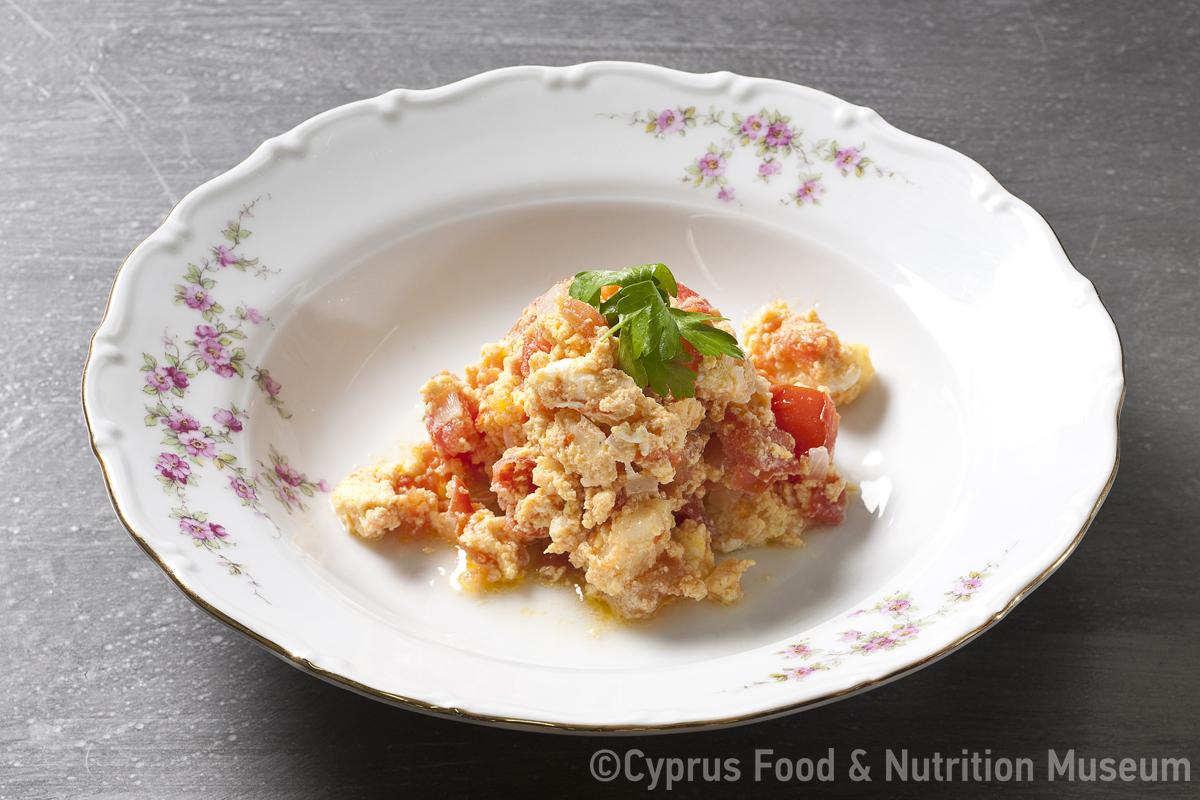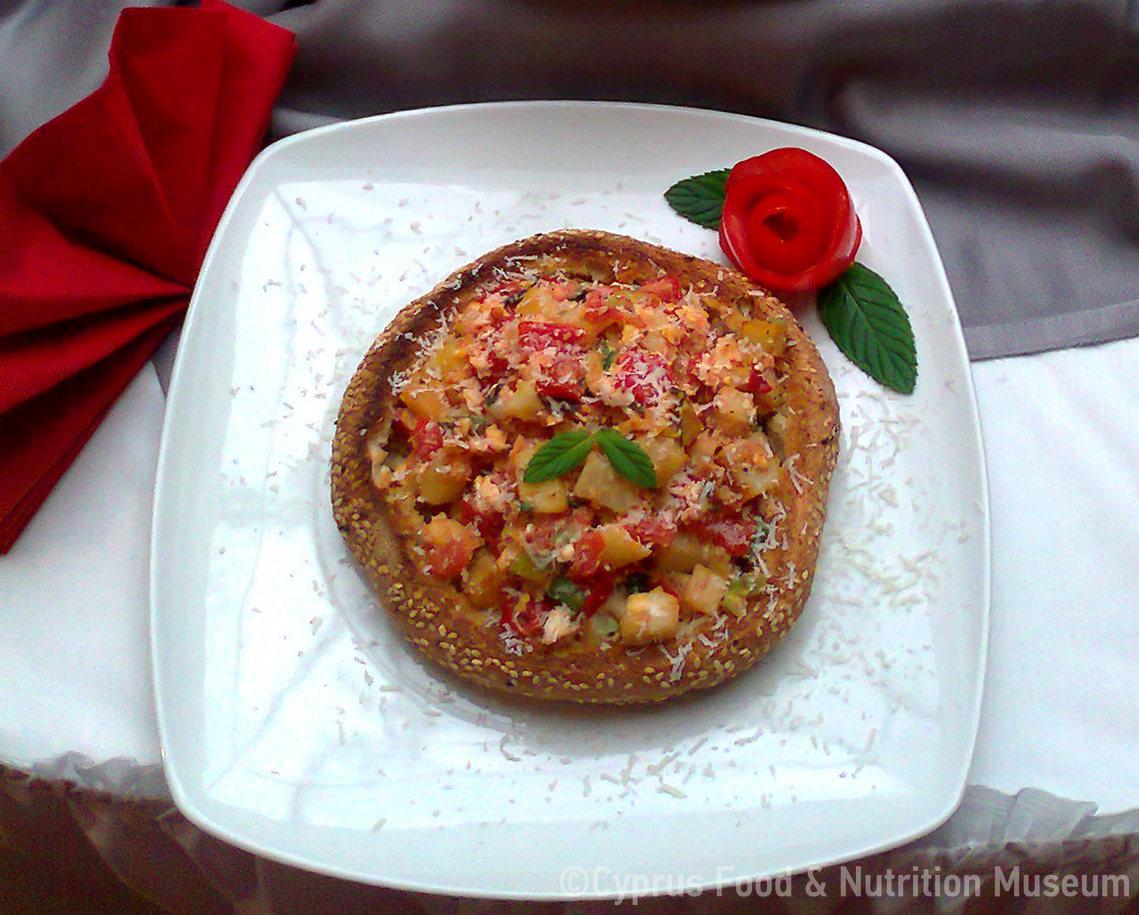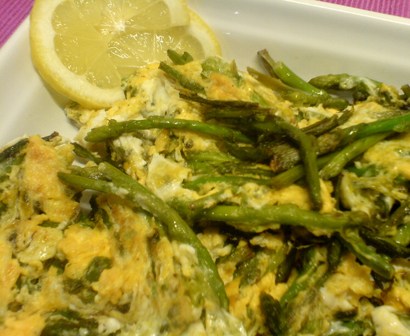An egg boiled for a short time (soft boiled) was called melàton or vouttetòn due to its runny yolk. On the other hand, an egg boiled for a long time (hard boiled), was called pektò or sfiktò. The term 'tyanetòn avgò' was used to describe fried eggs (in olive oil or pork fat).
Name - Origin
αυγό
plural: avká
efterinón avgó= fresh *today’s) egg (Pilavakis 1968, 151)
Eggs were consumed either boiled, fried or cooked.
Boiled eggs were called hoglastà. If the egg was boiled for a short time, Cypriots would call it meláton or vouttetón due to its runny yolk and it was consumed with pieces of bread dipped in the yolk. On the other hand, an egg boiled for a long time was called pektó or sfiktó. The term 'tyanetón avgó' was used to describe fried eggs (in olive oil or pork fat). Housewives would usually cook eggs in the oven and call them oftá. They would dampen the egg and bake it in the oven or on ember (Xioutas 1978, 286).
Functional and symbolic role
Housewives used to make zucchini with eggs, a type of omelette which they would call ‘kolokoúthkia mé t’ afká’ (Ministry of Agriculture 2010, Cypriot traditional preparations, 6).
Eggs were considered a good mezé to accompany a drink, hence, Cypriots living in villages would say: You saw the egg, drink, you got it, drink you broke it, drink, you peeled it, drink you cut it, drink, your ate it, drink (Xioutas 1978, 286).
In the period prior to Easter, in all houses, housewives would dye eggs in red colour, that people would clink between them on Easter day. Eggs were also one of the main ingredients of the ‘foukòs’ (the filling) of flaounes (flaounes is a traditional Easter delicacy). During Easter, they would prepare avkotés which is a special bread (koulloúri) decorated with red eggs on top. Furthermore, during Christmas, in many villages, eggs were placed on top of ‘gennopoúlles’, a type of bread with sesame and a cross on top (Kypri - Protopapa 2003, 129, 133, 93).
Easter eggs were dyed using dyes from Cypriot nature. In Lympia village, on Maundy Thursday, it was customary to dye eggs in various colours, using dried onion skin, madder plant, or daisies (Theodorou 2006, 298).
In some villages, one of the wedding customs was that the mother-in-law would give the bride, in addition to other gifts, bread with an egg in the middle, called poúlla. During Christmas they would put a white egg on the bread while during Easter it was red.
In the old times, it was customary for the bride to sit with her head covered and down, a personification of modesty. In fact, a boiled egg was sometimes placed on her neck that she had to keep there in order for her to be sufficiently stooped and not to lift her head up at all (Protopapa 2005, vol. A, 78, 345). The following superstition is also relevant to the use of eggs in weddings: 'In Pegeia village and in many other villages in Paphos district, taking eggs or fish at a wedding was forbidden, as they believed that these gifts would bring misfortune to the couple. If anyone would bring eggs, then, in order to avoid evil, the relatives of the bride and groom would break the eggs on the head of the one who had brought them,' (Panaretos 1967, 236).
On the night of Tyriní (Sunday before Lent), there is a custom, that people play a traditional game called dakkannoúra: After dinner is over, the host takes a hard boiled egg, pierces it and threads it through a string, which he hangs from the ceiling above the table. They then push the egg to circle in front of the people who sit around the table and they try to grab it with their mouth. The winner is the one who grabs it and holds it in the mouth. Then the thread is burned, while wishing "and next year too". The same custom is found in Calabria in southern Italy, under the name "race of the egg", which takes place on the feast of the patron saint. The same game is found in the Zagorochoria of Epirus in Greece, where it is called hápsaros (Petrou-Poeitou 2013, entry Δακκαννούρα, 40.
The egg symbolised rebirth and that is why it was used during the Easter period (Kypri - Protopapa 2003, 129).
After the birth of a child, if the newborn was a girl, they used to roll an egg on various parts of her body (such as the armpits or pubic region) where they did not want her to have hair. They believed that the skin would be just like the egg i.e. clean without hair (Protopapa 2009, 94, 551).
They would treat a weak infant, by breaking an egg and using it to pray to the stars at night and then anoint the baby with it to become stronger (Protopapa 2009, 94, 551).
Eggs, along with other products, were ‘offered’ by Cypriots to various saints to protect them: "Analogous to the bloodless sacrifices of the ancient civilisation, are the offerings of various foodstuffs to the saints by the Greeks of Cyprus. In Letymbou, in Tremithousa, in Agios Riginos, in Emba, in Kornos and in Timios Prodromos, onions are offered to Agios Epiphanios who cures malaria. In Kolossi, they offer eggs, potatoes and onions to Agios Evstathios to cure ague. In Ahna, they offer eggs and onions to the cave of Saints Jonah and Kendeas, they also offer grapes to the Holy Monastery of Kykkos to receive a blessing” (Loizou 1999, 13).
Additional information and bibliography
In the area of Deryneia, the main source of meat was (black and red) chicken. Any leftover eggs were sold to egg sellers (Kyriaki Panteli, 2014).
Yangoullis K. G. (2014), Θησαυρός της Μεσαιωνικής και Νεότερης Κυπριακής Διαλέκτου. Ερμηνευτικός, Ετυμολογικός, Φρασεολογικός και Ονοματολογικός, Βιβλιοθήκη Κυπρίων Λαϊκών Ποιητών,74, Nicosia.
Theodorou K. (2006), Τα Λύμπια: μια περιδιάβαση στο παρελθόν και στο παρόν, Nicosia.
Kypri Th. - Protopapa K. A. (2003), Παραδοσιακά ζυμώματα της Κύπρου. Publications of the Centre for Scientific Research, XVIII, Nicosia.
Loizou P. (1999), Σπαθαρικό Αμμοχώστου. Το χωρκό μου (ζωή, ιστορία, ασχολίες), Limassol.
Babiniotis G. (2005), Λεξικό της Νέας Ελληνικής Γλώσσας. Με σχόλια για τη σωστή χρήση των λέξεων. Ερμηνευτικό, Ορθογραφικό, Ετυμολογικό, Συνωνύμων-Αντιθέτων, Κυρίων Ονομάτων, Επιστημονικών Όρων, Ακρωνυμίων, Centre for Lexicology, Athens, Greece.
Xioutas P. (1978), Κυπριακή λαογραφία των ζώων,, Publications of the Centre for Scientific Research, XXXVIII, Nicosia.
Panaretos A. (1967), Κυπριακή γεωργική λαογραφία, Publication of Coop Bank Ltd.
Papacharalambous G. Ch. (1937), «Έθιμα, προλήψεις και δεισιδαιμονίαι των Κυπρίων», Cypriot Studies A, 79-88.
Petrou-Poeitou E. (2013), Από πού κρατάει η σκούφια τους. Λέξεις και ιστορίες από τον κόσμο της γεύσης, Epiphaniou Publications, Nicosia.
Pilavakis K. A. (1968),«Συμβολή στη μελέτη της φωνητικής του κυπριακού ιδιώματος», Cypriot Studies ΛΒ΄, 121-153.
Protopapa K. (2005), Έθιμα του παραδοσιακού γάμου στην Κύπρο, Vol. A΄, Publications of the Centre for Scientific Research, XLV, Nicosia.
Protopapa K. (2009), Τα έθιμα της γέννησης στην παραδοσιακή κοινωνία της Κύπρου, Publications of the Centre for Scientific Research, XLIX, Nicosia.
Ministry of Agriculture, Natural Resources and Environment, Department of Agriculture (2010), Cypriot traditional preparations, Press and Information Office, Nicosia.
Philippou L. (1946), «Η αρχαία Ελλάς και αι Κυπριακαί θρησκευτικαί παραδόσεις», Cypriot Studies H (1944), 1-15.
Other sources: Kyriaki Panteli (2014) paper «Δερύνεια: Αγροτροφική Ιστορία και Αγροτροφικές Ιστορίες στα Χρόνια της Αγγλοκρατίας» στο συνέδριο «Κυπρίων Γεύσεις: Η παραδοσιακή διατροφή της Κύπρου στις τοπικές παραλλαγές της».
Demetra Demetriou, Dimitra Zannetou, Tonia Ioakim, Stalo Lazarou, Ivi Michael, Petroula Hadjittofi, Argyro Xenophontos

